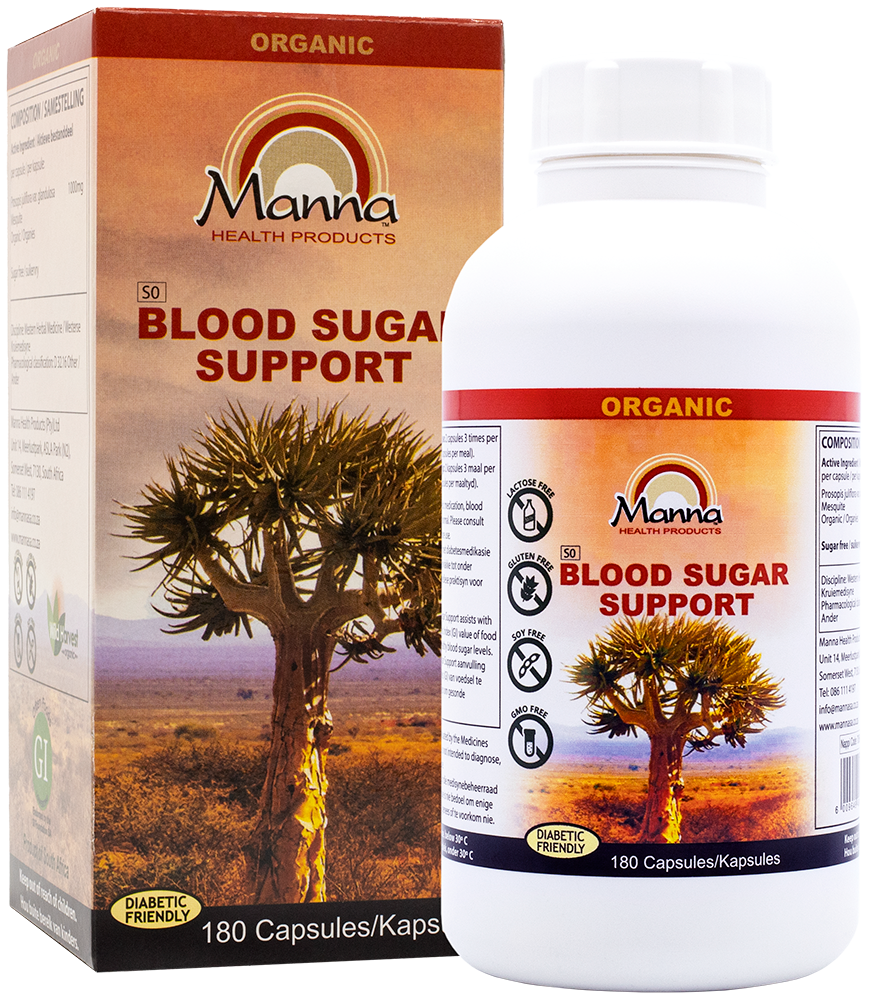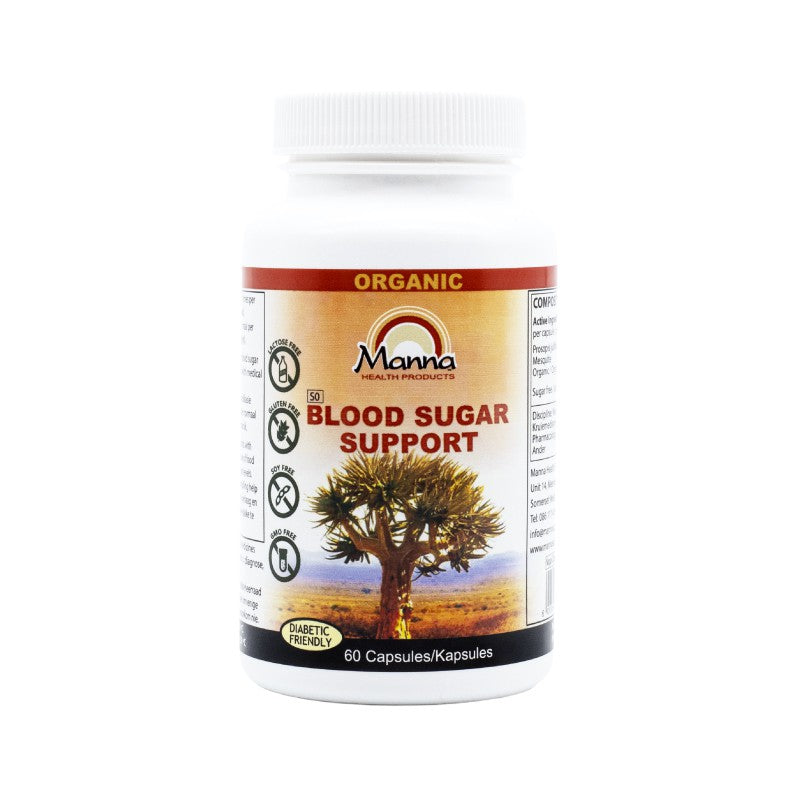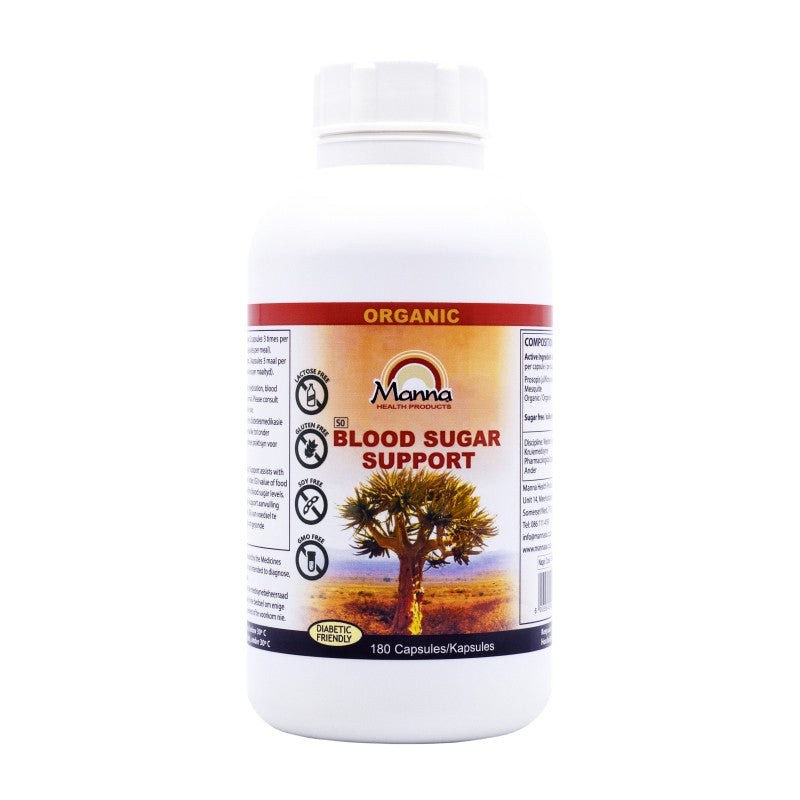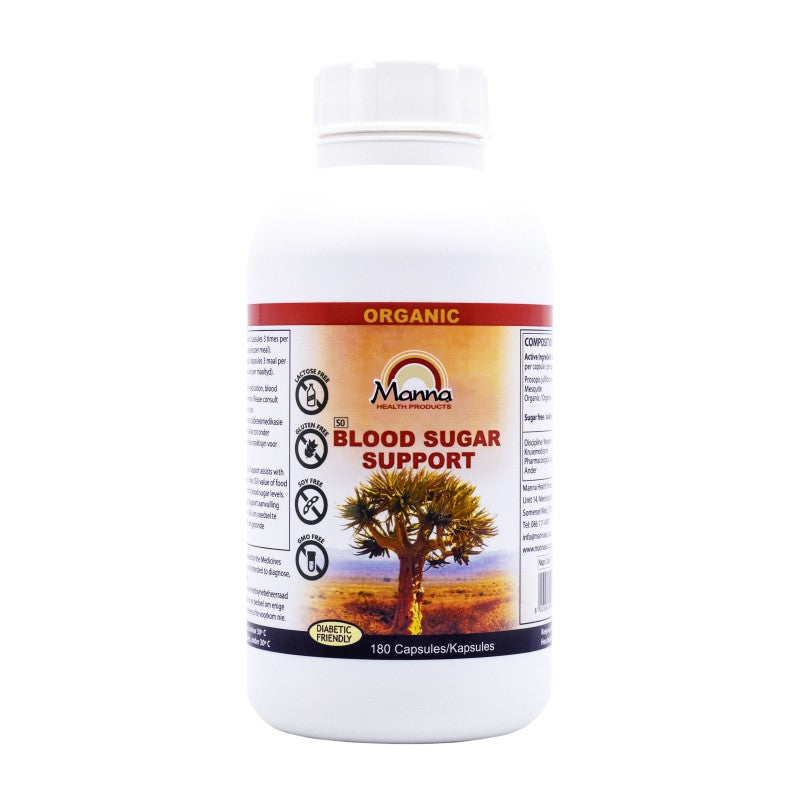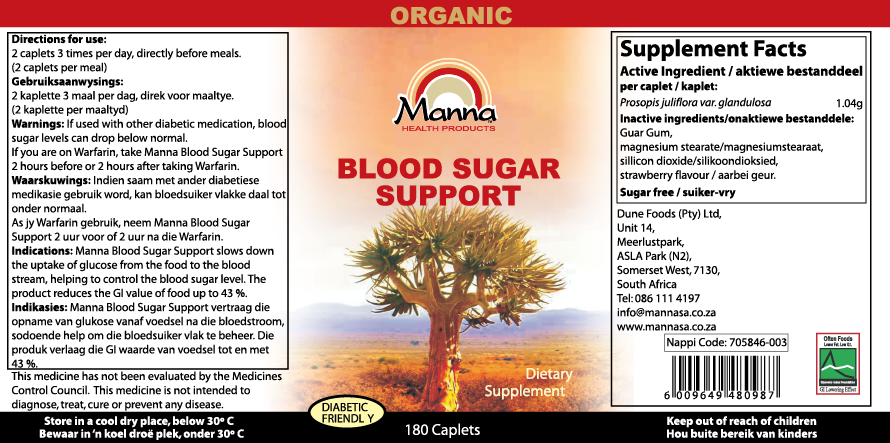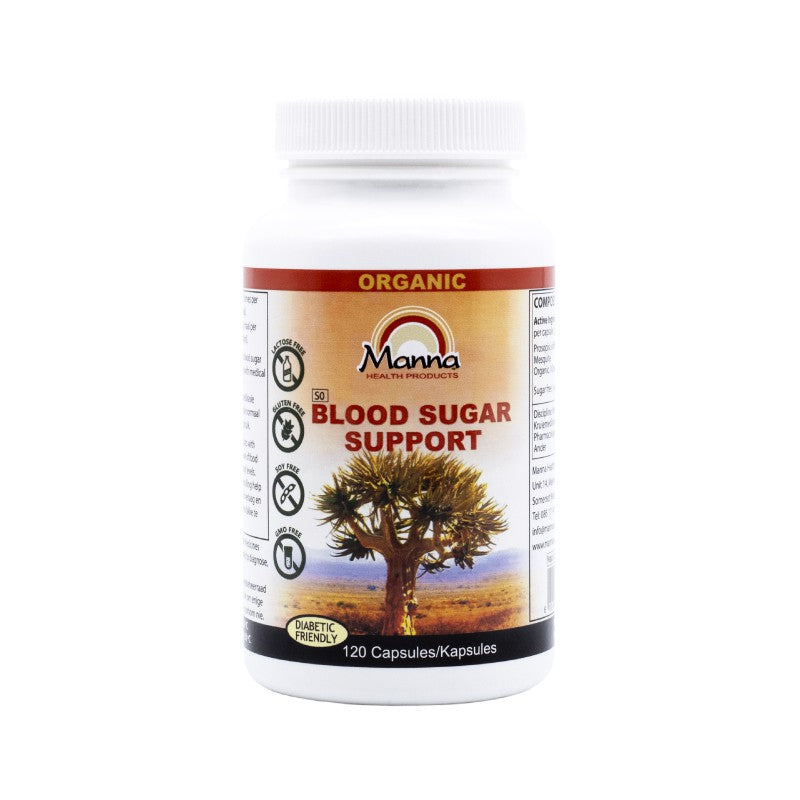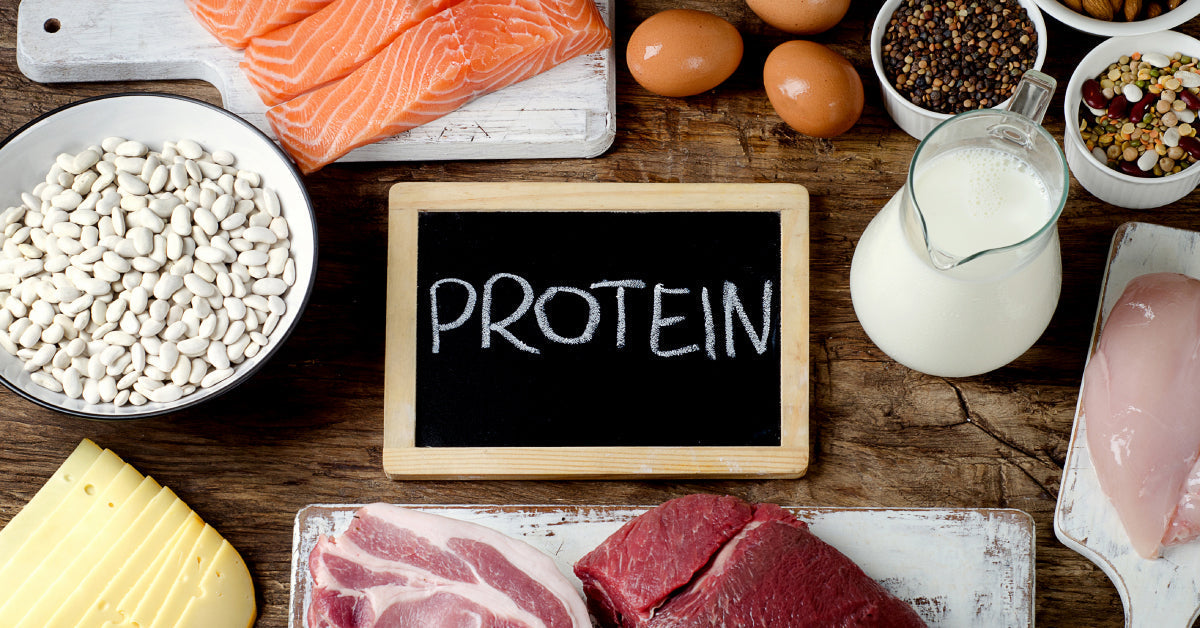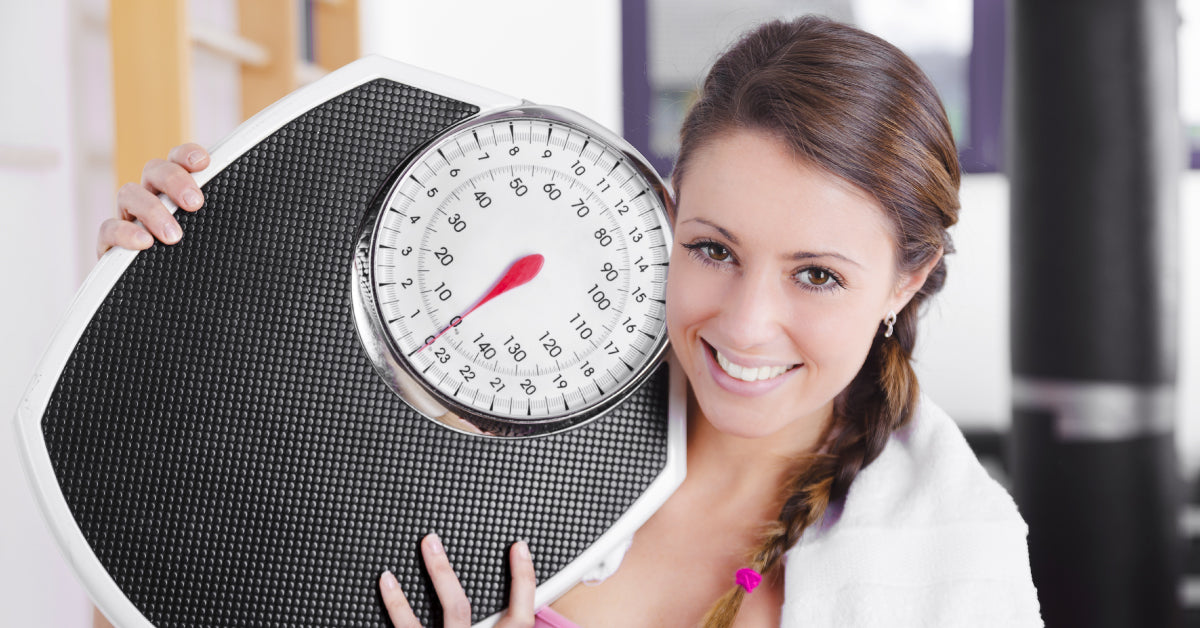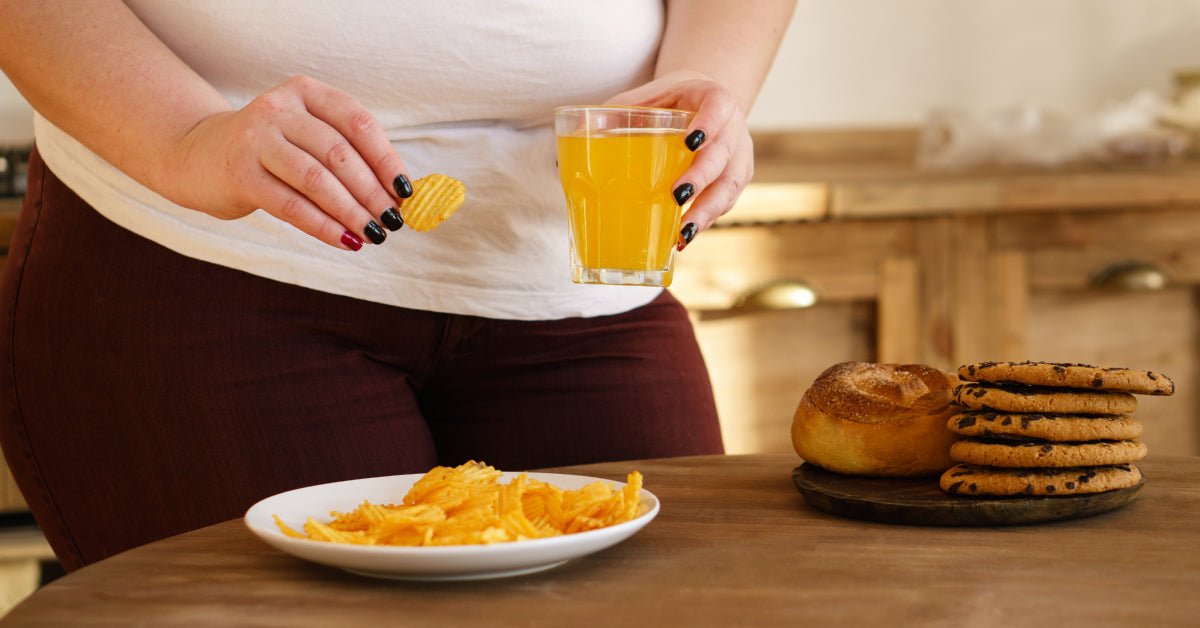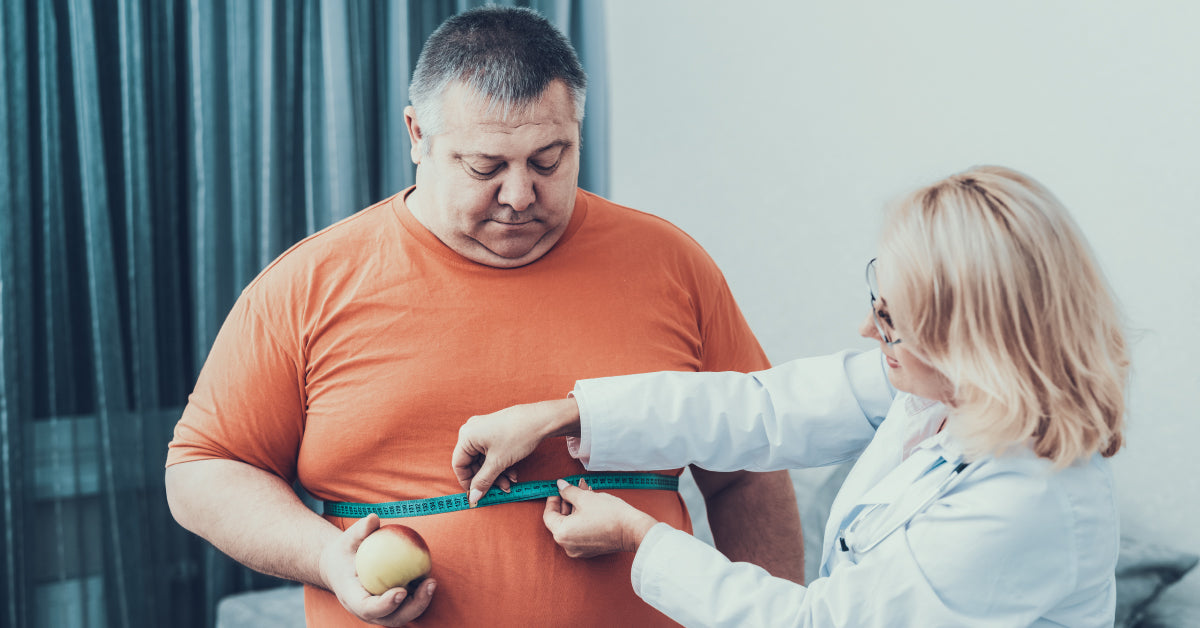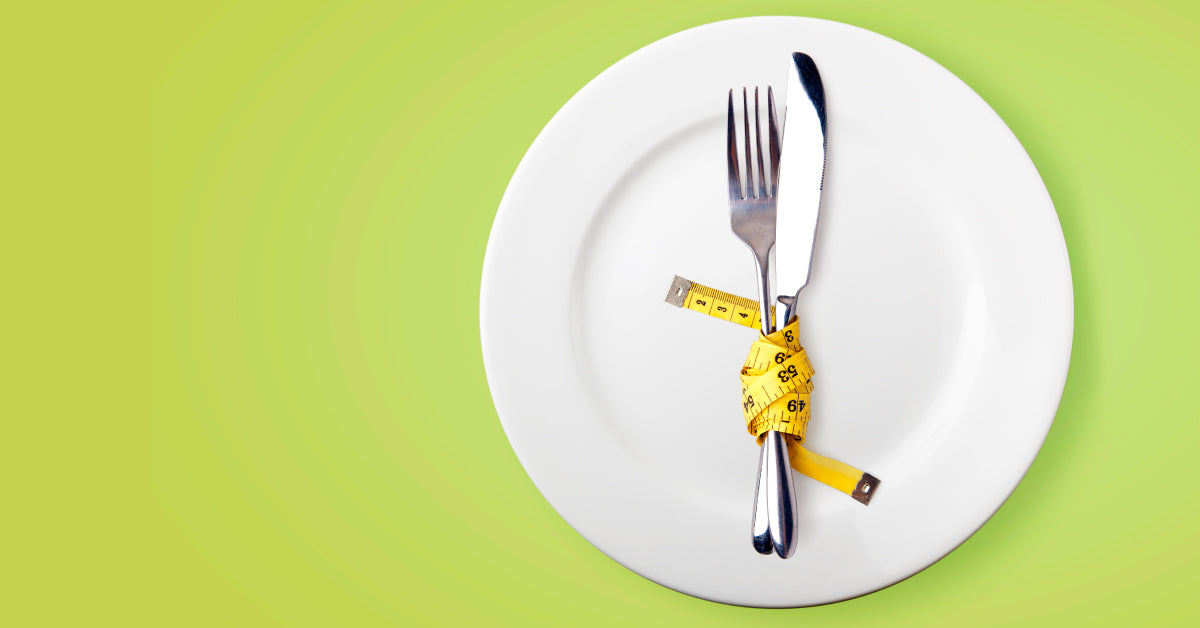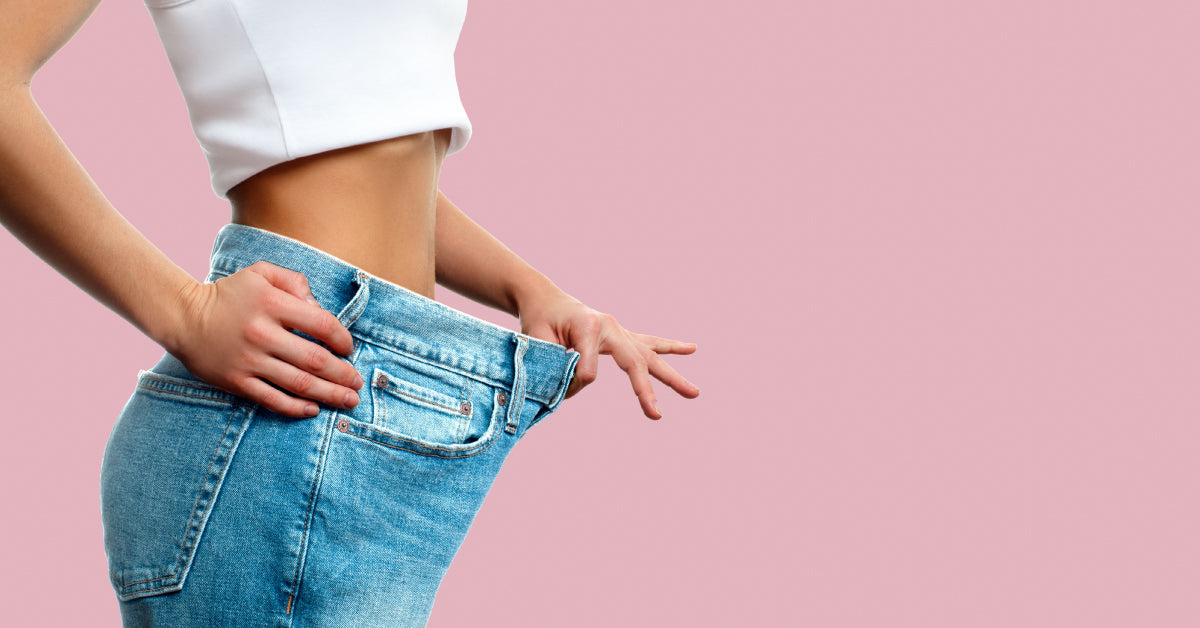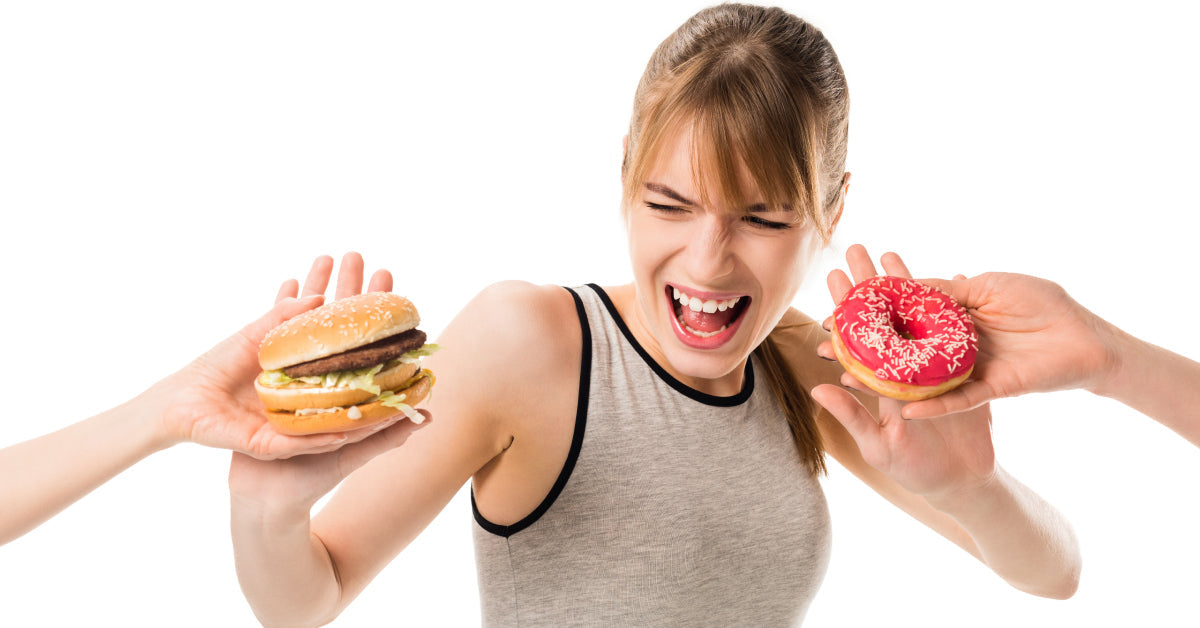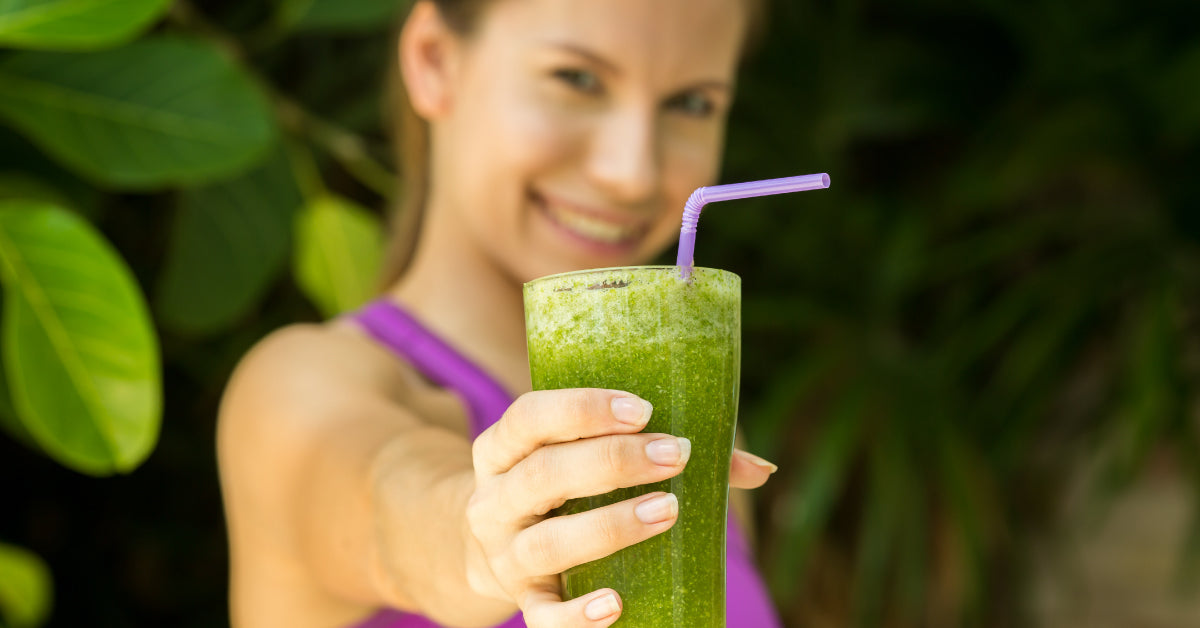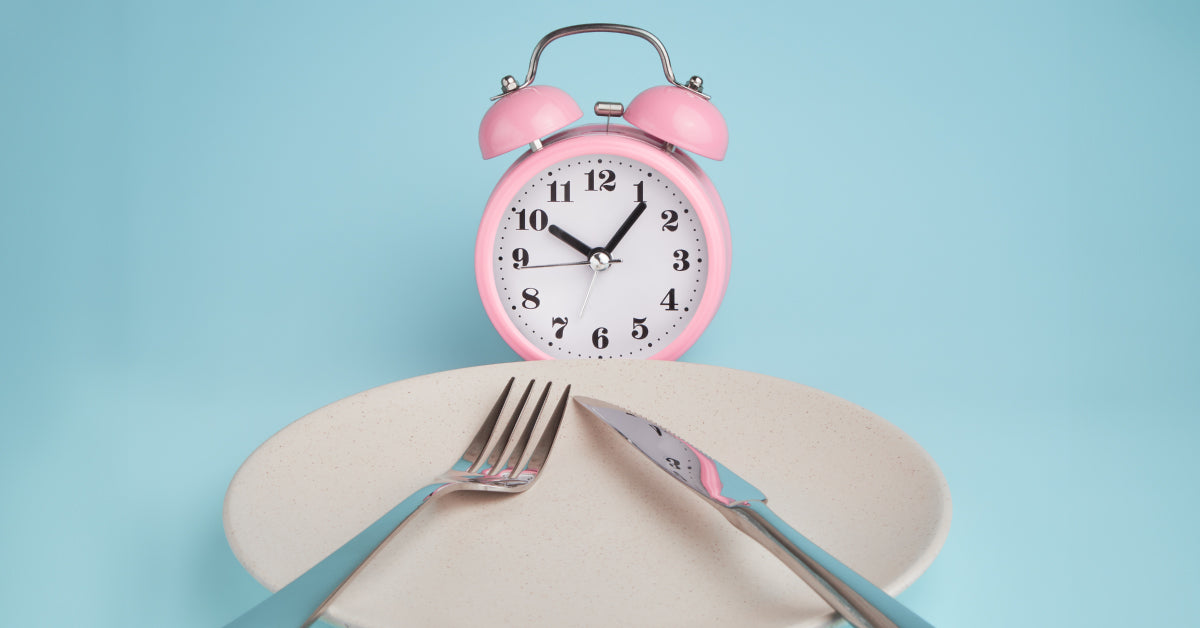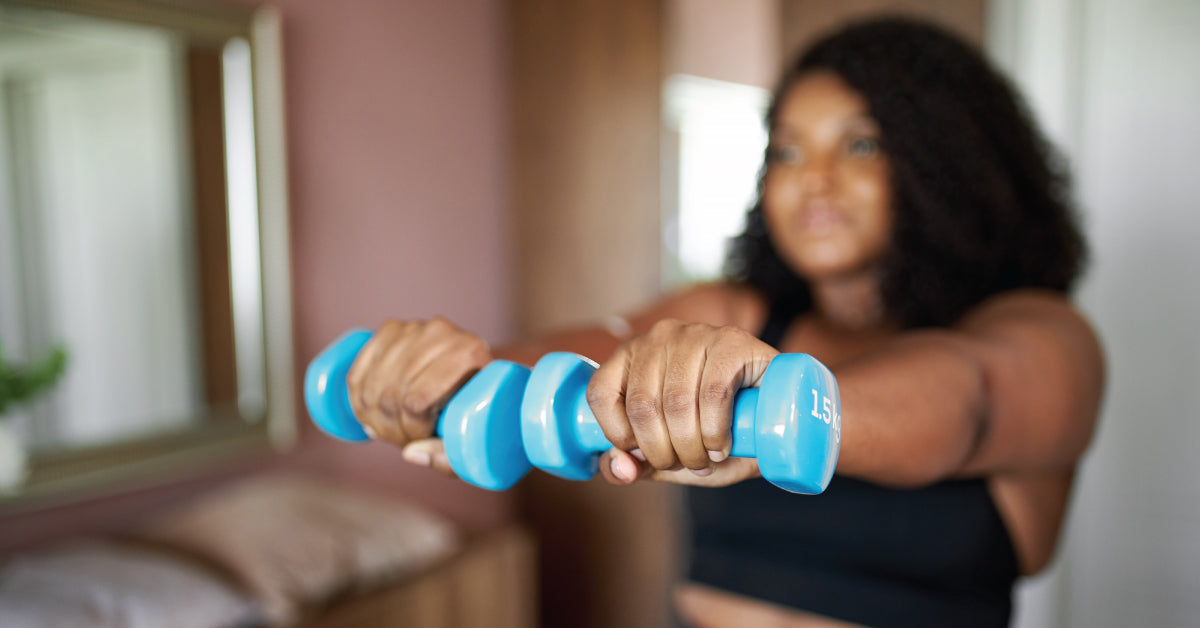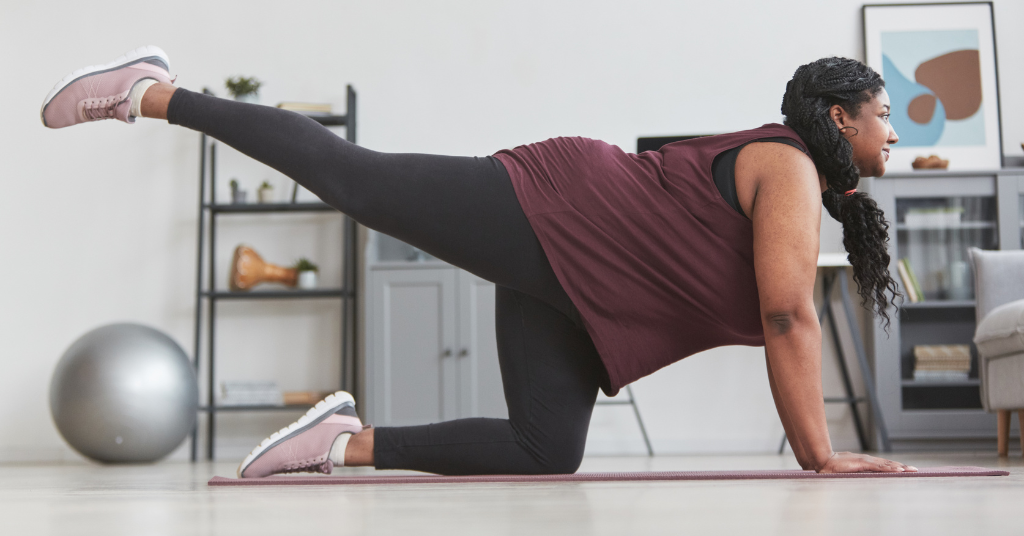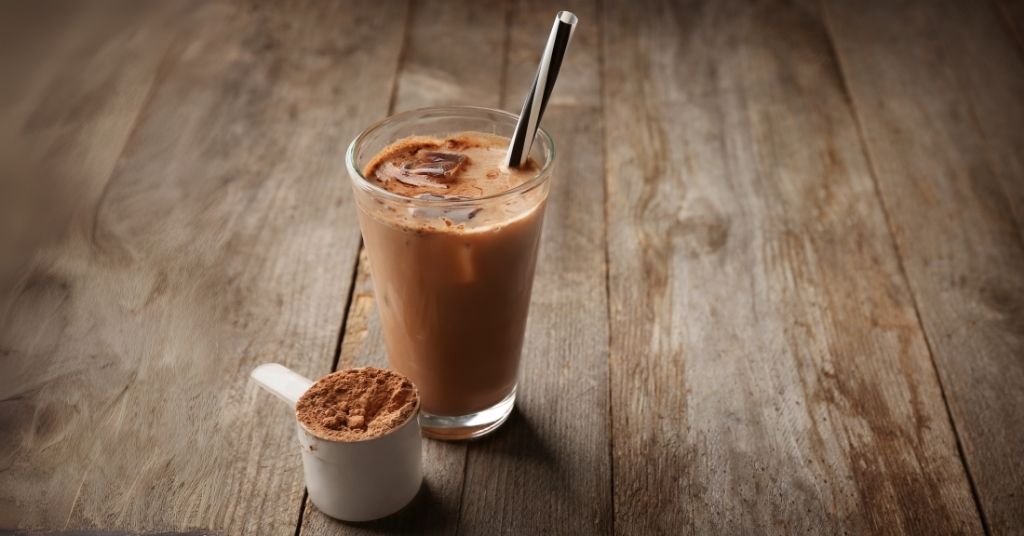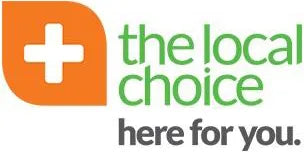When your waistline increases, it’s not just hard to zip up your jeans, but extra belly fat can also carry serious health complications.
Belly fat is not just a layer of padding beneath the skin (subcutaneous fat), it also consists of a large amount of visceral fat, which is situated deep in the abdomen, folding around your organs.
Having too much visceral fat can increase your chances of heart disease, type 2 diabetes, and high blood pressure.
Read on to learn more about losing belly fat.
Ways to trim belly fat
You can tone your belly by doing targeted abdominal exercises but if you want to target visceral fat, you’ll have to look at ways to lower your total body fat.
Here is what you can do:
Create an eating plan, don’t just diet
It is best to focus on creating a healthy eating plan rather than following another fad diet. A healthy eating plan would include lots of low-carb foods. You’d want to replace foods that are high in sugar and carbs with those that are high in fibre or protein. This includes making the switch from eating things like bread, soda and bagels to having vegetables, beans, and lean meats.
Read food labels
When comparing brands, it is important to take the nutritional information into account.
Watch out for the following on labels:
“Low-fat” or “fat-free”. Some yogurts, for instance, claim to be low in fat; however, they may be higher in carbohydrates and added sugars than other brands. When some manufacturers reduce the amount of fat, they will make up for it by increasing the amount of sugar. Pay attention to the amount of carbs and sugar in low-fat and fat-free products.
“Trans fat”. Hydrogen is pumped into unsaturated fats to create trans fats which are commonly used in margarines and spreads, as well as in some packaged foods. These trans fats have been linked to serious health issues including inflammation, heart disease, insulin resistance, and abdominal fat gain, based on evidence gathered from both observational and animal studies. Limit the intake of foods with trans fat.
“No added sugars”. Some foods can still be a significant source of carbohydrates, even without added sugar. Some desserts, like cakes and pies, might not have any added sugar but can cause weight gain because of the amount of carbs in these products. Just because no sugars are added to a food does not mean you won’t pick up weight by eating it.
Move your body
Incorporating aerobic exercise (cardio) into your routine is an excellent way to boost your health and burn calories.
Some examples of aerobic exercise include:
- Running
- Swimming
- Cycling
- Jumping rope
- Rowing
- Step aerobics
- Dancing
- HIIT (High-Intensity Interval Training)
- Kickboxing
The amount of exercise required for attaining your weight loss goals vary from person to person; for most people, it means doing thirty minutes to an hour of moderate to high-intensity exercise nearly every day.
Build muscle
By incorporating some strength training in addition to aerobic exercise, you can build lean muscle mass, which can increase your energy expenditure both when you work out and when you are at rest. You don’t need serious equipment to build some muscle, you can do push-ups, pull-ups, squats, and lunges, for example.
Don’t pay much attention to the scale
It is more important to pay attention to how your clothes fit rather than what the scale reads. As you increase your muscle mass and shed fat, the number on your scale might not fluctuate much but your jeans will definitely fit differently. This is the better judge of your progress.
Log your calorie intake
Using a food diary or an app to track calories can help monitor intake and has been linked to successful weight loss.
In addition, food tracking tools can enhance your understanding of your protein, carb and fibre intake.
Some tools also allow you to log your exercise and physical activity.
Take probiotics
Although more research is required, evidence suggests that probiotics, which are bacteria found in some foods and supplements, may have beneficial effects on health, such as promoting gut health and aiding immune function.
Some bacteria have even been linked to weight regulation, and having the right balance of probiotics may help with weight loss, including reducing belly fat.
Foods with probiotics include:
- Yogurt
- Kefir
- Kombucha
Alternatively, you can also take a probiotic supplement like Manna’s Gut Support. This supplement helps to reinstate digestive bacteria (good flora) & essential digestive enzymes which help to improve gut health and strengthen the immune system.
Takeaway
Having too much visceral fat can impact your health negatively. Luckily there are many things you can do to reduce belly fat. For the best results, you can combine these seven tips.




